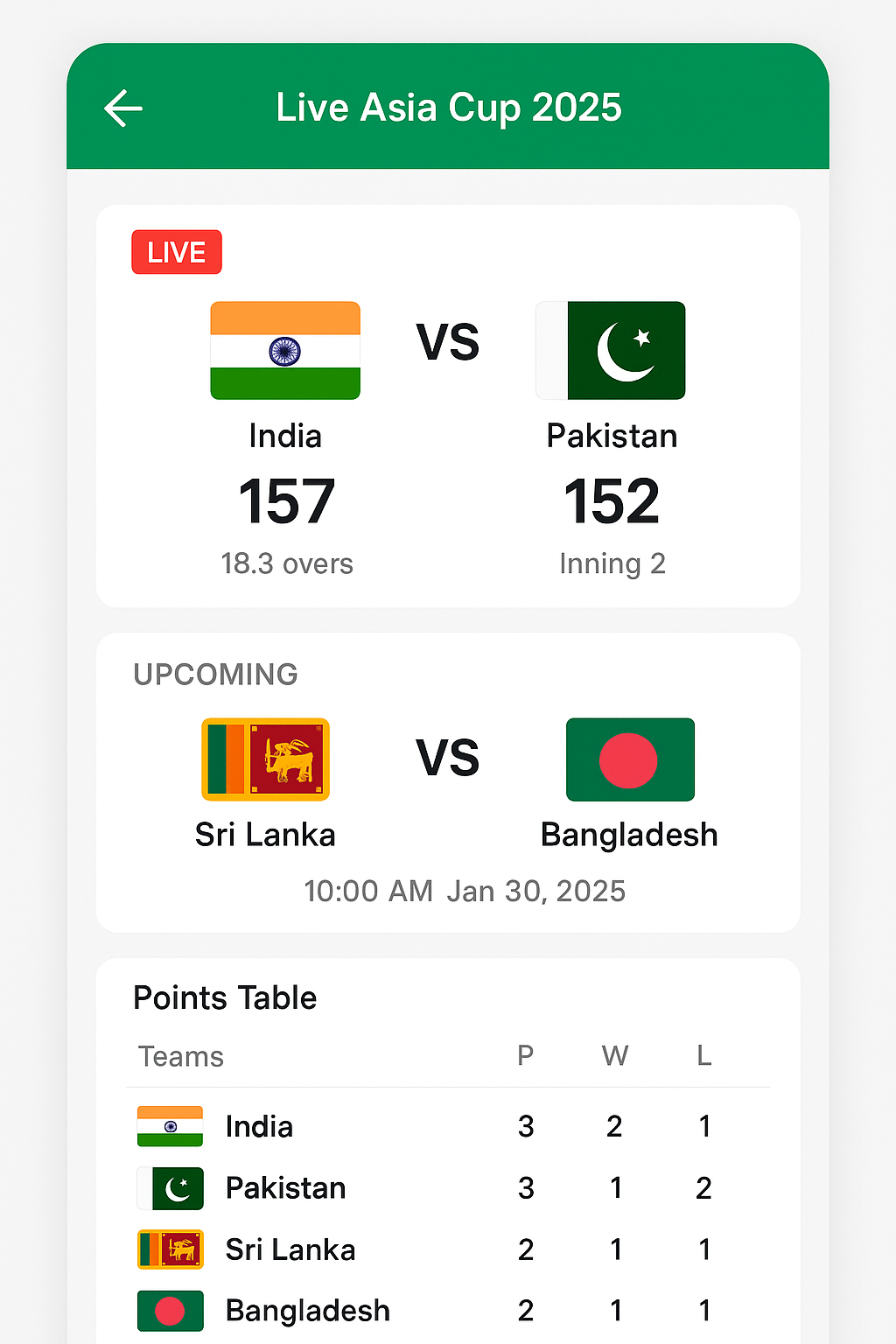A Comprehensive Guide to Planning Myasthenia Gravis Treatment

Myasthenia Gravis (MG) is a chronic autoimmune disorder that affects the neuromuscular junction, impairing communication between the nerves and muscles. As a result, individuals with MG experience muscle weakness, especially in the eyes, face, throat, and diaphragm. Although the condition can be life-altering, effective myasthenia gravis treatment options are available to manage the symptoms and improve the quality of life. This guide provides a comprehensive look at the treatment strategies for Myasthenia Gravis, along with advice on how to approach planning and managing the condition.
Understanding Myasthenia Gravis
Before diving into treatment plans, it's important to understand the fundamentals of MG. The disease occurs when the immune system mistakenly attacks acetylcholine receptors at the neuromuscular junction, impairing the transmission of nerve signals to muscles. This leads to muscle weakness, particularly in voluntary muscles. Symptoms can vary, but they typically include:
-
Weakness in eye muscles, leading to drooping eyelids and double vision
-
Difficulty swallowing or speaking
-
Muscle weakness in the limbs and diaphragm
-
Fatigue that worsens with activity
The course of the disease varies from person to person, with some experiencing mild symptoms while others may face significant disability.
Myasthenia Gravis Treatment Options
When planning a treatment strategy for MG, there is no one-size-fits-all approach. Treatment depends on the severity of the condition, the age of the patient, and the presence of other health concerns. The goal is to reduce muscle weakness, manage symptoms, and prevent complications.
1. Anticholinesterase Medications
The first line of treatment for most MG patients is the use of anticholinesterase drugs, such as pyridostigmine (Mestinon). These medications work by inhibiting the enzyme acetylcholinesterase, which breaks down acetylcholine. By preventing acetylcholine from being broken down, these drugs enhance communication between the nerves and muscles, improving muscle strength.
While effective, anticholinesterase drugs can sometimes cause side effects, including gastrointestinal disturbances and excessive salivation. Therefore, patients must work closely with their healthcare providers to adjust dosages and monitor for side effects.
2. Immunosuppressive Therapy
Immunosuppressive medications are used to dampen the abnormal immune response that causes MG. The most commonly prescribed drugs in this category are corticosteroids (e.g., prednisone) and immunosuppressants (e.g., azathioprine or mycophenolate mofetil).
-
Corticosteroids are powerful anti-inflammatory agents that reduce the production of autoantibodies against acetylcholine receptors. However, long-term use of steroids may lead to side effects such as weight gain, osteoporosis, and increased susceptibility to infections.
-
Immunosuppressants, on the other hand, work by suppressing the production of abnormal antibodies. These drugs are typically used for patients who do not respond to anticholinesterase medications or corticosteroids. They are often combined with steroids to enhance effectiveness.
3. Plasmapheresis and Intravenous Immunoglobulin (IVIG)
For patients with severe symptoms or during acute exacerbations, more aggressive treatments may be necessary. Plasmapheresis (plasma exchange) and intravenous immunoglobulin (IVIG) are two such treatments.
-
Plasmapheresis involves removing harmful antibodies from the bloodstream, thereby reducing the immune system's attack on acetylcholine receptors. This treatment is typically used for patients in crisis or those who do not respond well to other therapies.
-
IVIG involves the administration of immunoglobulin from healthy donors to block harmful antibodies and modulate the immune system. It is often used in combination with other treatments to reduce the severity of symptoms and promote recovery.
Both of these treatments are usually reserved for severe cases and are often used in the short term to stabilize patients.
4. Thymectomy
A thymectomy is a surgical procedure where the thymus gland is removed. The thymus is believed to play a role in the development of MG, as it is involved in the production of abnormal antibodies. Studies have shown that thymectomy can significantly improve symptoms in some patients, particularly those with early-onset MG or thymoma (a tumor of the thymus gland).
Thymectomy is usually considered for patients who have not responded well to other treatments or for those who have thymoma. The decision to undergo thymectomy should be made in consultation with a specialized healthcare team.
5. Lifestyle Adjustments and Supportive Care
In addition to medical treatments, lifestyle changes and supportive care can make a significant difference in managing MG. The following strategies can help improve daily functioning and reduce symptoms:
-
Regular Rest and Sleep: Fatigue is one of the most common and debilitating symptoms of MG. Therefore, it's essential for patients to manage their energy levels by taking regular breaks, practicing relaxation techniques, and prioritizing quality sleep.
-
Physical Therapy: Physical therapists can help MG patients strengthen their muscles without overexertion. A tailored exercise program can improve mobility, prevent muscle atrophy, and reduce the risk of falls.
-
Dietary Modifications: Difficulty swallowing, known as dysphagia, is common in MG patients. To reduce the risk of aspiration, it may be helpful to adopt a diet of softer, easily chewable foods. In some cases, a speech therapist may be needed to address swallowing issues.
-
Breathing Support: In severe cases, respiratory muscles can become weak, making it difficult to breathe. Patients with MG may need to be monitored for respiratory complications, and in extreme cases, they may require ventilatory support.
6. Monitoring and Ongoing Care
Managing MG is a long-term commitment, and it’s important to monitor symptoms closely to ensure the treatment plan remains effective. Regular follow-ups with neurologists and other specialists are necessary to assess the patient’s condition and adjust medications as needed.
Patients should also keep track of any new symptoms, changes in muscle weakness, or side effects from medications, and communicate these with their healthcare provider. Ongoing care is crucial for preventing flare-ups and ensuring the best possible quality of life.
Emotional and Psychological Support
Living with a chronic condition like MG can be emotionally and mentally taxing. Patients may experience anxiety, depression, or frustration as they navigate the challenges of managing their condition. It is essential for patients and their families to seek emotional and psychological support when needed.
Support groups, whether in-person or online, can provide a sense of community and offer valuable coping strategies. Counseling and therapy can also help patients develop healthy ways to manage stress and maintain a positive outlook.
Conclusion
While Myasthenia Gravis is a complex and chronic condition, it is important to remember that with proper treatment and management, most patients can live fulfilling lives. The treatment approach should be individualized and take into account the severity of the disease, the presence of other health issues, and the patient’s personal preferences.
By working closely with healthcare professionals and adopting a comprehensive treatment plan, patients can significantly reduce symptoms, maintain independence, and lead a productive life. Regular monitoring and ongoing care are vital to achieving long-term success in managing MG, so it’s essential to stay informed and proactive about treatment options.
If you or a loved one is facing Myasthenia Gravis, remember that you are not alone—there are resources, treatments, and support systems available to help you navigate the journey ahead.








